Grey Reef Sharks Mating – Yann Hubert
Shark life cycle has many elusive stages. Mating is one of these secretive moments. Here in this short observation filmmaker Yann Hubert captures a pair of Grey Reef Sharks (Carcharhinus amblyrhynchos) during copulation. Characteristic clasper organs used by the male to latch onto the female during copulation is very striking. The location and time of the year in this extremely serendipitous encounter is not specified perhaps to avoid disturbance from many curious divers. Grey Reef Sharks are common and live […]

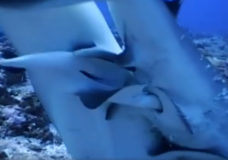

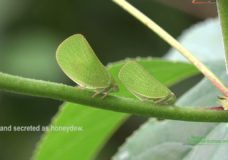

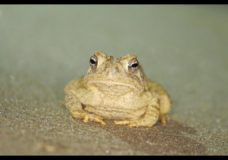
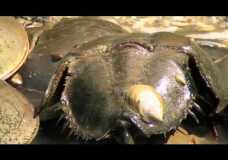


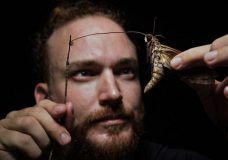

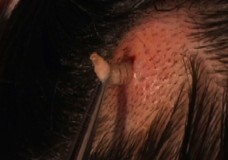


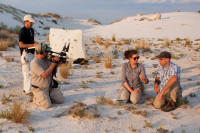
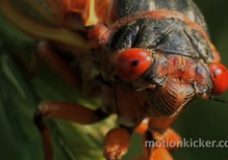

Recent Comments